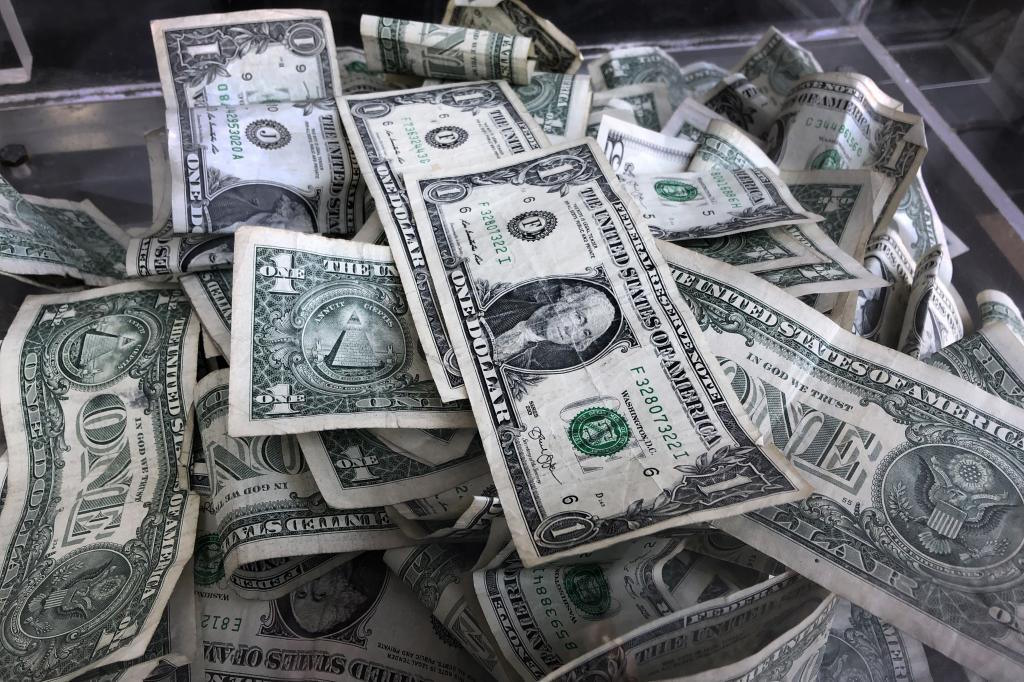While headlines focus on the new tariffs announced by Donald Trump, there is another front in this trade war that goes more unnoticed: the currency value. In global trade, the exchange rate can be as powerful - or even more so - than import taxes. Today, the dollar is practically at the same level as when Trump was reelected president in November 2024. Back then, a euro cost 1.089 dollars. On January 13, its price was 1.01 dollars, meaning the dollar had appreciated by almost 8%. Today it is around 1.10.
Although it may seem like a technical detail, this data has very concrete consequences in daily life in Spain. A strong euro against the dollar means, for example, that traveling to the United States becomes cheaper. For the thousands of Spanish tourists who visit New York or California each year, a favorable exchange rate implies paying less for hotels, food, transportation, or show tickets. In this context, international tourism - and thus the flow of travelers to the United States - becomes one of the first beneficiaries of a weak dollar.
But the opposite also happens: when a currency like the euro strengthens, many foreign tourists reduce their trips to Europe, as their expenses at the destination become more expensive. This can directly affect the tourism industry in countries like Spain, where a significant part of the economy depends on international visitors.
It's not just travelers who notice. The prices of many products we buy that are manufactured or designed in the United States also decrease: from mobile phones and computers to clothing, books, or appliances. Everything paid in dollars and imported to Europe costs less if the euro is strong. This, in turn, strengthens U.S. businesses, allowing them to sell cheaper and compete better in international markets. By increasing their exports, the industry of that country is boosted, to the detriment of European companies, whose products become more expensive abroad and lose competitiveness.
Therefore, what we gain as consumers can be lost as an exporting country. When the euro rises, European products become more expensive in the U.S. market. For Spanish companies that sell wine, oil, machinery, or textile products in the U.S., this represents a competitive disadvantage. Their products are more expensive for the American consumer, which can reduce their sales. Thus, the value of a currency becomes the real weapon in this trade war.
Additionally, many large Spanish companies have part of their business in the United States. If the dollar is weak, the profits they make there translate into fewer euros when they return home. This can impact their accounts and, consequently, their dividends or the price of their stocks.
In this trade war of declarations and tariffs, currency is a silent but very effective tool. A cheap dollar facilitates U.S. exports and makes European exports more expensive. Without the need to announce measures or sign decrees, monetary policy and currency markets can change the course of international trade.
While we remain attentive to the lists of products affected by tariffs, it is worth remembering that the value of a currency can also tip the balance. And that balance, although it may seem distant, ends up affecting what we pay at the supermarket, gas station, or on vacation.
